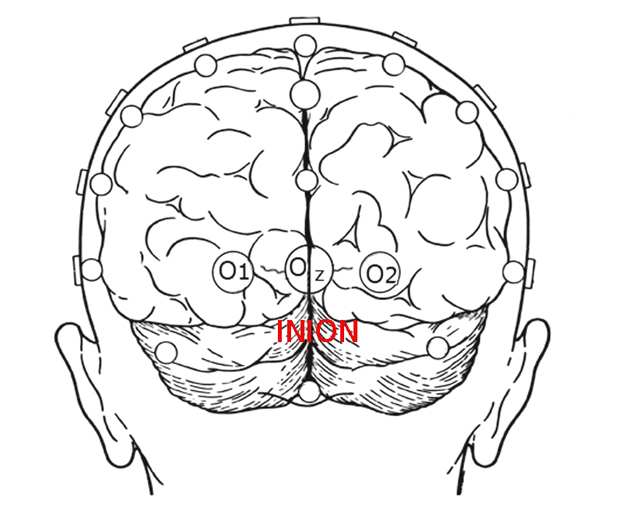August 29, 2014 /
Evoked potential tests measure electrical activity in certain areas of the brain in response to sensory input. These tests are often used to assist in the diagnosis of multiple sclerosis, because they can indicate problems along the pathways of certain nerves that are too subtle to be noticed or found on a doctor’s exam. Problems along the nerve pathways are a direct result of the disease. The demyelination causes the nerve impulses to be slowed, garbled, or halted altogether.
There are three main types of evoked potential tests:
- Visual Evoked Potentials (VEP): You sit in front of a screen on which an alternating checkerboard pattern is displayed.
- Brainstem Auditory Evoked Potentials (BAEP): You hear a series of clicks in each ear.
- Sensory Evoked Potentials (SEP):Short electrical impulses are administered to an arm or leg.
A fourth type of test — motor evoked potentials — can detect lesions along motor pathways (those that produce movement) of the central nervous system. This test is not commonly used to diagnose MS.
While evoked potentials are used to help diagnose MS, other conditions can also produce abnormal test results, so the tests are not specific for MS. To accurately diagnose MS, the information the tests provide needs to be considered along with other lab tests and symptoms.
How Are the Evoked Potential Tests Performed?
Evoked potential tests are recorded by placing wires on the scalp over the areas of the brain that record the effects of stimulation on various parts of the body.
.
How Long Do Evoked Potential Tests Take?
==========================================

Read more on this blog topic by clicking here
~~~~~~~~~~~~~~~~~~~~
Keep CURRENT and up to date, with MS News and Information
Sign-up for emails
.
WATCH OUR MS EDUCATIONAL VIDEOS by Topic,
found here: www.youtube.com/msviewsandnews
.
Visit our MS Learning Channel on YouTube: http://www.youtube.com/msviewsandnews
Stay informed with MS news and information - Sign-up here
For MS patients, caregivers or clinicians, Care to chat about MS? Join Our online COMMUNITY CHAT



